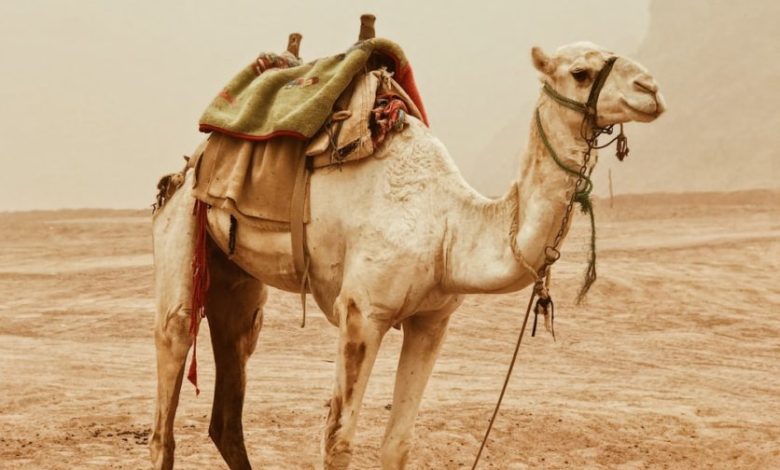Camels: A Symbol of Culture and Human Survival

Khartoum – Sudan Events
Camels hold a pivotal role in the cultural and economic tapestry of Eastern Sudan, particularly among the Beja tribe.
Revered for their endurance and adaptability to the challenging terrain, camels serve as indispensable companions for the Beja, aiding in transportation and the movement of goods across vast landscapes.
These resilient creatures are not merely utilitarian; they are deeply intertwined with the identity of the Beja tribe, symbolising endurance and fortitude.
The Beja’s harmonious coexistence with camels underscores the intricate bond between the nomadic lifestyle of the tribe and the essential role played by these remarkable animals in shaping the cultural landscape of Eastern Sudan.
The image of the camel, symbol of human survival in the desert, is tied to the history of the major nomadic civilizations of the hot dry areas of the northern hemisphere. The camel embodies one of the essential elements of the culture and agriculture of these regions.
The image of the camel, symbol of human survival in the desert, is tied to the history of the major nomadic civilizations of the hot dry areas of the northern hemisphere. The camel embodies one of the essential elements of the culture and agriculture of these regions.
Experts and researchers said that Camels have long been associated as an integral part of the Middle East history and culture.
For many people who still live in the deserts of Arabia, camels provide the only source of food, transportation and clothing.
The domestication of camels harnessed great potential for the historical Arabs.



